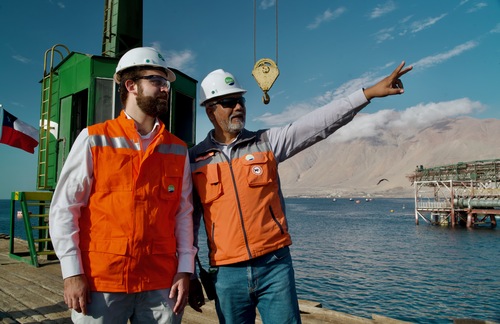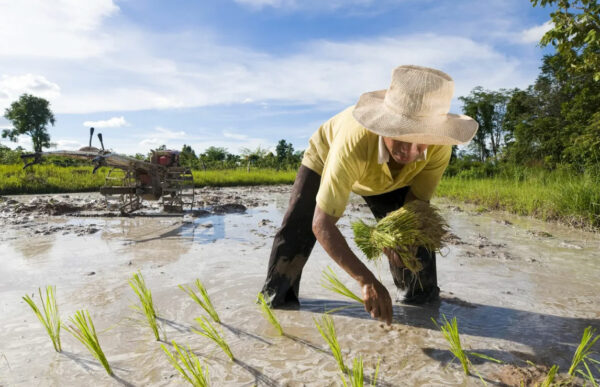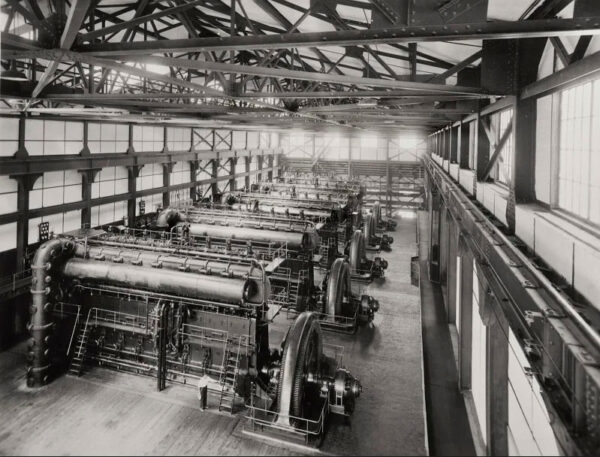We are a global chemical company based in northern Chile that develops unique capabilities that transform resources into life and progress, supplying strategic industries such as health, nutrition, technology and clean energy. Our four business lines are: Specialty Plant Nutrition; Iodine and derivatives; Industrial Chemicals and Potassium. Our values are Safety, Excellence, Integrity and Challenge. In business for over 50 years, we move forward every day towards innovation and development, transforming our abundant resources into unique solutions for our customers, building trusting relationships based on a firm commitment to excellence. However, we do not travel this road alone: We consider our ecosystem, care for our environment and seek to create shared value with communities and suppliers around the world. Our responsible, values-based management and long-term business vision are key to the trust our shareholders place in us.

We set a paramount milestone when we announced the strategic restructuring that divided our operations in two divisions: Lithium on one side and Iodine Vegetal Nutrition on the other. This decision did not only respond to the demands and dynamics related to the Lithium market but it also recognized the specific challenges that the Iodine Vegetal Nutrition division was facing. The change boosts our position in the market and sets the bases for a greater operational efficiency and also for sustainable growth in the future.

































